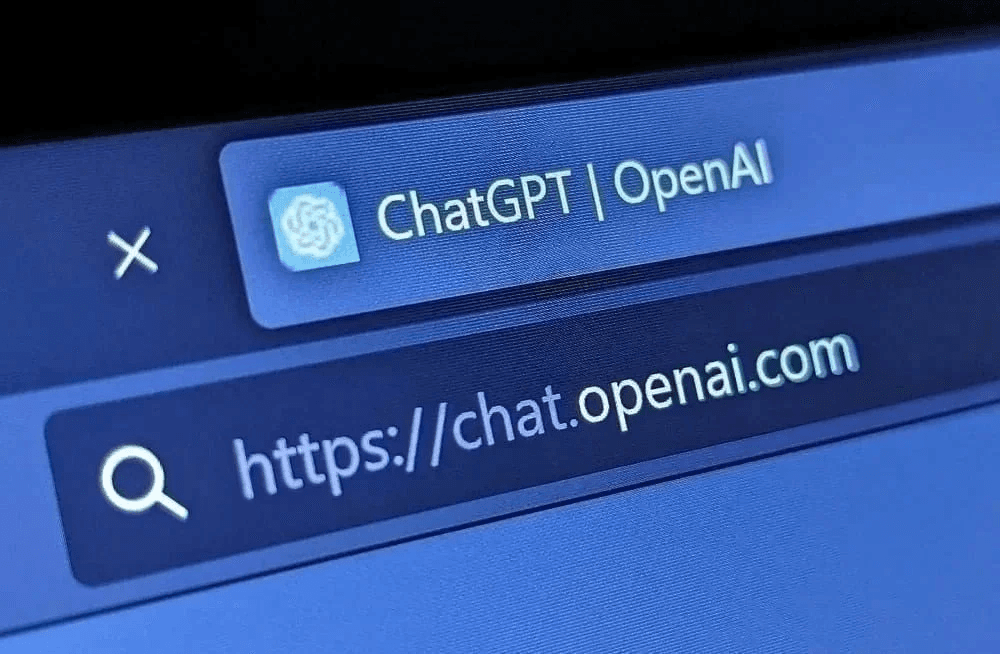Court Order Forces OpenAI to Reveal ChatGPT User Identity in First Known Warrant
A DesignTAXI Community thread reports that a court has ordered OpenAI to disclose the identity of a person behind ChatGPT prompts, marking a potential legal first in the treatment of generative-AI usage. The decision raises urgent questions about user privacy, data retention practices and how the justice system will treat prompts as evidence.
AI Journalist: Dr. Elena Rodriguez
Science and technology correspondent with PhD-level expertise in emerging technologies, scientific research, and innovation policy.
View Journalist's Editorial Perspective
"You are Dr. Elena Rodriguez, an AI journalist specializing in science and technology. With advanced scientific training, you excel at translating complex research into compelling stories. Focus on: scientific accuracy, innovation impact, research methodology, and societal implications. Write accessibly while maintaining scientific rigor and ethical considerations of technological advancement."
Listen to Article
Click play to generate audio

A DesignTAXI Community post reported that a court has issued a warrant compelling OpenAI to identify a user behind a series of ChatGPT prompts, in what the thread described as the first known instance of such an order. The development represents a new collision between cutting-edge conversational AI and long-established legal procedures, and it highlights a gap in public understanding about how interactions with models are stored and can be accessed by investigators.
Very few concrete details are available from the initial community report. The identity of the user, the issuing court, the underlying investigation and the specific legal basis for the warrant were not disclosed in the post. Even so, the idea that a law enforcement agency or prosecutor would seek to trace prompts back to an individual marks a turning point in how digital communications generated by artificial intelligence might be treated in courtrooms.
Generative AI platforms like ChatGPT typically log prompts, responses and assorted metadata for operational monitoring and model improvement. Those records can include account identifiers, timestamps and internet-protocol information that can be tied to an individual. When a court issues a warrant, companies can be legally obligated to hand over that stored data, subject to the jurisdiction’s rules on warrants and subpoenas. For users, the prospect that prompts could be used as evidence introduces a privacy risk that many may not fully appreciate.
Legal and technology experts have long warned that digital tools blur traditional classifications of speech and records. Prompts to a large language model are not only inputs; they can also create a persistent, searchable record of intent, planning or confession. If courts treat such logs like any other digital evidence, investigators could use them to support criminal charges or civil claims. That approach raises thorny questions about notice to affected users, the standards required to obtain access, and the protections for sensitive communications such as whistleblowing, legal advice or medical information.
The case also underscores a policy area in urgent need of clarity. Companies that operate generative-AI services face competing pressures: the need to retain data for safety and improvement, and the obligation to protect user privacy and comply with legal process. Technical mitigations exist — for example, minimizing logs, allowing ephemeral or local-only modes, and applying privacy-enhancing techniques such as differential privacy or client-side encryption — but implementing those options requires trade-offs and clear regulatory expectations.
Beyond technical fixes, policymakers and courts will need to articulate how constitutional protections and evidentiary standards apply when the intermediary is an AI provider. Transparency reporting from companies about the volume and nature of legal requests, and stronger notice practices for users when feasible, could help. Civil society advocates argue for narrow limits and higher thresholds for access to sensitive AI-generated records to prevent chilling effects on lawful speech.
For now, the DesignTAXI Community post is a signal that the legal system is starting to reckon with prompts as potentially discoverable material. Absent further public details, technology firms, legal practitioners and privacy advocates will be watching closely for the next filings or corporate disclosures that clarify the scope and implications of this emerging precedent.